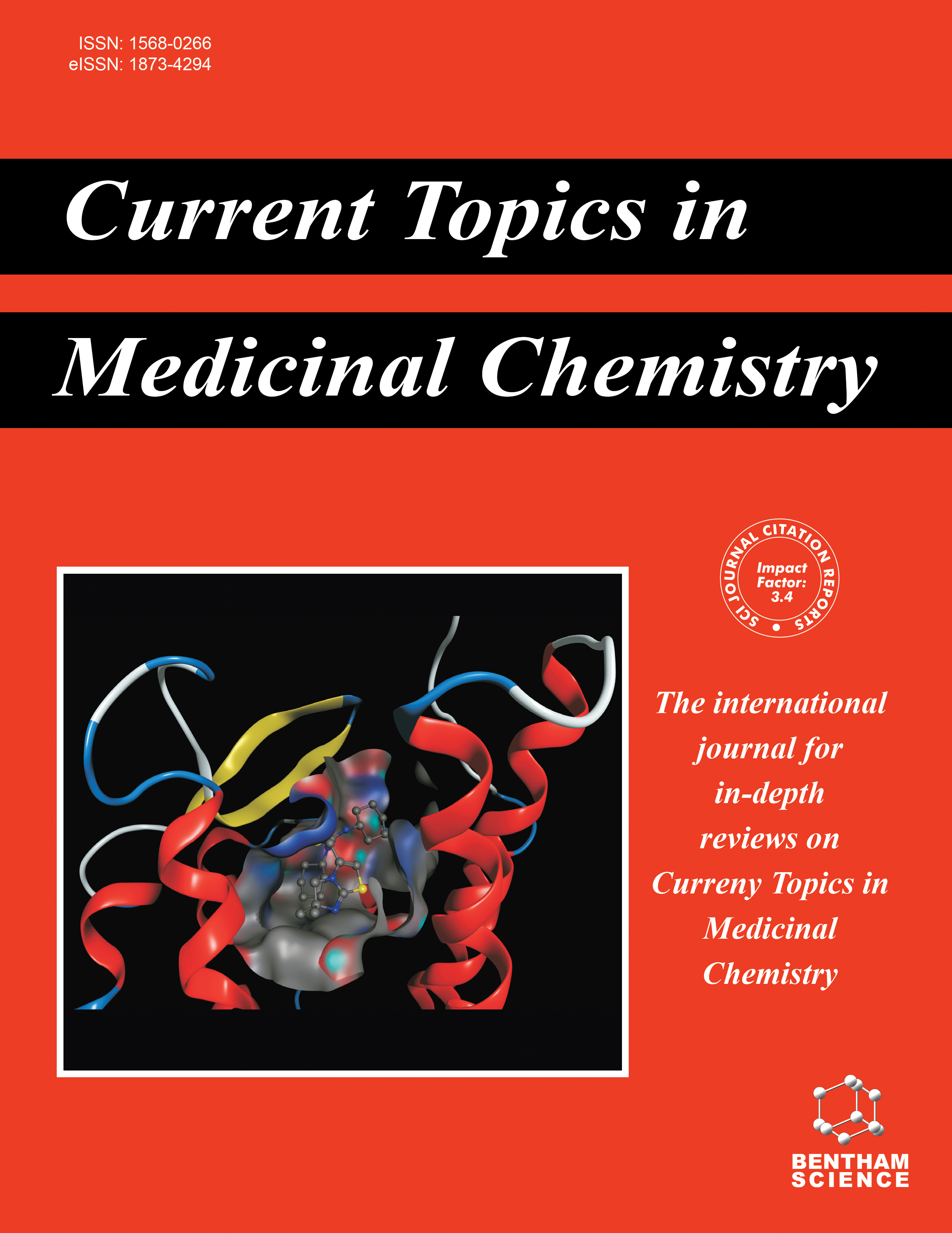
Full text loading...

Diabetes affects over 537 million people, with 20% developing chronic wounds. These wounds are made worse by inflammation, stress, immune problems, and poor blood vessel growth. Plants like Aloe barbadensis, Nigella sativa, and Moringa oleifera contain compounds that help heal wounds by reducing inflammation, stress, and boosting tissue growth.
This review explains why diabetic wounds heal slowly, focusing on factors like ROS, NO, and immune problems. It also looks at natural compounds that help healing and how traditional medicines can work with modern treatments for better wound care.
A systematic literature review was conducted using Scopus, Elsevier, PubMed, ScienceDirect, and Web of Science for studies published between 2000 and 2024. Inclusion criteria comprised clinical trials, preclinical studies, and ethnopharmacological research related to diabetic wound healing, pathophysiology, herbal medicine, active constituents, and mechanisms of action. Studies lacking diabetic wound specificity or methodological clarity were excluded. PRISMA guidelines were followed for study selection and synthesis.
Numerous studies demonstrated that traditional medicines enhance diabetic wound healing by regulating cytokine levels, promoting macrophage polarization, reducing oxidative damage, and remodelling the extracellular matrix. Flavonoids and polyphenols notably improved angiogenesis and tissue repair, while alkaloids and saponins exhibited antimicrobial and anti-inflammatory effects.
Traditional medicinal plants, through their diverse bioactive constituents, offer significant therapeutic potential for diabetic wound care. By targeting key molecular pathways involved in immune regulation and tissue repair, they present a viable adjunct to conventional therapies, potentially improving clinical outcomes in diabetic wound management.

Article metrics loading...

Full text loading...
References


Data & Media loading...